I am a newbee in iOS development and recently run into this problem with customized transition in iOS 9.
I have an object conforms to UIViewControllerTransitioningDelegate protocol and implements animationControllerForDismissedController, something like:
@implementation MyCustomizedTransitioningDelegate
#pragma mark - UIViewControllerTransitioningDelegate
- (id<UIViewControllerAnimatedTransitioning>)animationControllerForDismissedController:(UIViewController *)dismissed
{
MyCustomizedTransitionAnimator *animator = [[MyCustomizedTransitionAnimator alloc] init];
animator.presenting = NO;
return animator;
}
@end
And the process that triggers the modal transition is something like:
@implementation MyViewController
#pragma mark - Initializers
+ (MyCustomizedTransitioningDelegate *)modalTransitioningDelegateSingletonInstance;
{
static MyCustomizedTransitioningDelegate *delegateInst = nil;
static dispatch_once_t onceToken = 0;
dispatch_once(&onceToken, ^{
delegateInst = [[MyCustomizedTransitioningDelegate alloc] init];
});
return delegateInst;
}
#pragma mark - UIViewController
- (void)dismissViewControllerAnimated:(BOOL)animated completion:(void (^)(void))completion;
{
[self prepareForDismissViewControllerAnimated:animated completion:&completion];
[super dismissViewControllerAnimated:animated completion:completion];
}
- (void)prepareForDismissViewControllerAnimated:(BOOL)animated completion:(dispatch_block_t *)completion;
{
self.presentedViewController.modalPresentationStyle = UIModalPresentationCustom;
self.presentedViewController.transitioningDelegate = [[self class] modalTransitioningDelegateSingletonInstance];
}
@end
Since animationControllerForDismissedController method is not called, the MyCustomizedTransitionAnimator is not created, which leads to its animateTransition not called either, which causes unexpected problem in my app. (Sorry for my poor English...)
I am also attaching the screenshot of stack trace for both iOS8 & iOS9.
In iOS 8, animationControllerForDismissedController is called after the stack trace below.

But in iOS9, transitionDidFinish is called somehow in advance, which I guess probably prevent animationControllerForDismissedController being called?

I was wondering if this is an iOS 9 bug or not. Any explanation or work around solution will be greatly appreciated!